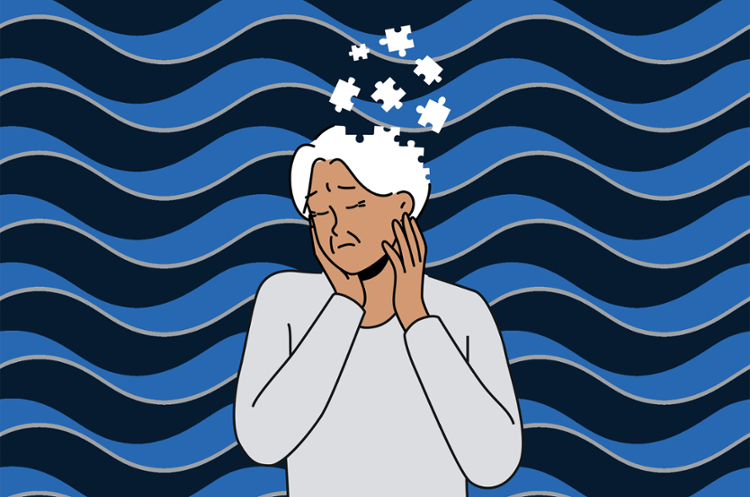Nesting Shorebird Season: Take Caution When Visiting the University Beach
Attention: Watch Out for Nesting Birds When Visiting the University Beach!
Shorebird nesting season is upon us and birds have begun to lay their eggs on University Beach, which is located across Ocean Drive and the Performing Arts Center along Corpus Christi Bay. Texas A&M University-Corpus Christi urges the campus community and beachgoers to proceed with caution when in the area. Shorebird nesting season continues through August.
CORPUS CHRISTI, Texas – Shorebird nesting season, which is from early April to early August, is here and birds have begun to lay their eggs on University Beach at Texas A&M University-Corpus Christi, which is located across Ocean Drive from the Performing Arts Center and along Corpus Christi Bay. Nests of Least Terns, a Wilson Plover, and a Killdeer have already been identified along the central section of the beach, and fencing and signage has been placed around nesting sites by volunteers from the Conrad Blucher Institute (CBI) at Texas A&M-Corpus Christi, U.S. Fish & Wildlife Service, and the Coastal Bend Audubon Society.
“The most important thing to remember is that avoiding the nesting area is critical for a successful nesting season,” said Deidre Williams, Coastal Research Scientist at CBI. “Human and animal activity can frighten the birds and cause them to abandon their nest, leaving the eggs or baby birds exposed to predators and the heat.”
When at University Beach, visitors must take extra care to keep clear of the fenced areas, obey the warning signs, and stay at least 150 feet away from shorebirds. Additionally, not all nests are located within the fenced areas and beachgoers need to pay special attention to their surroundings as the nests blend in with the sandy surface and are easily missed. For more information on Federally protected shorebirds, visit the U.S. Fish & Wildlife Service web site.
According to the Coastal Bend Bays & Estuaries Program (CBBEP) website, there are several other ways visitors can avoid disturbing the shorebirds:
- Keep dogs on a leash and away from areas where birds may be nesting (city leash law)
- Properly dispose of trash to keep scavengers away
- Never abandon fishing line or other gear, and remove it if you find it
- Do not fly traditional kites or kites for kitesurfing near areas where birds may be nesting
- When birds are aggravated, you are too close
- Leave the area if shorebirds fly at you
Those interested in bird-watching during nesting season can observe from the bluff along Ocean Drive since it offers an ideal elevated view of the birds and is less invasive than walking on the beach. BUT if the birds take flight that means you need to move away.
“With the help of the Islander community, we hope that the Least Terns and other protected shorebirds will have another successful nesting season resulting in the young reaching fledging status,” said Williams, whose thesis project was the functional design of the University Beach.
Additional Information
Nesting is usually initiated in early April and concludes by end of July. Eggs are incubated for three weeks, and young take approximately three to four weeks before they are capable of flight. The extent of nesting season depends on whether the first nesting attempts are successful or if birds have to re-nest after a failure or destroyed nest.
To learn more about the CBI and the University Beach, visit https://cbi.tamucc.edu/CHRGIS/University-Beach/.

